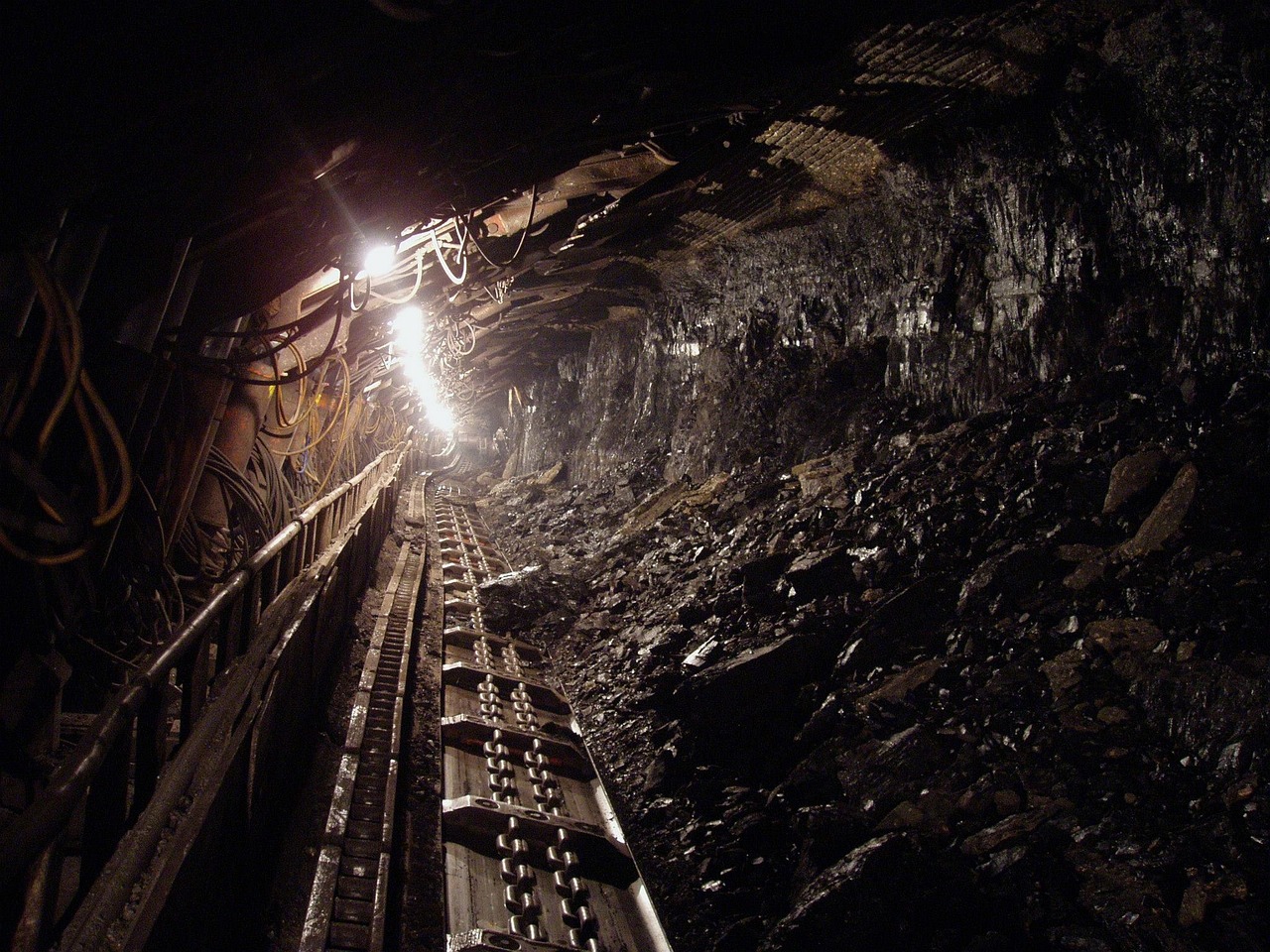This post is also available in:
 עברית (Hebrew)
עברית (Hebrew)
South Korean researchers have made a discovery that enables wireless communication below the Earth’s surface, a development that could revolutionize rescue operations and communication with victims of accidents like mine collapses.
The Electronics and Telecommunications Research Institute (ETRI) announced that they have successfully developed the world’s first “Subterranean Magnetic Field Communication Core Technology.” According to Techxplore, using a transmitting antenna with a diameter of 1 meter and a receiving antenna of several centimeters, the institute managed to send and receive voice signal-level capacity up to 40 meters below the Earth’s surface in a mine.
It was previously believed that wireless communication in the complex underground environments of mines was impossible due to signal attenuation, but ETRI overcame these obstacles by developing a new communication system that leverages the unique boundary conditions of magnetic fields.
In contrast to the antennas used in previous research, which were tens of meters long, the research team miniaturized the size of their transmitting antenna to 1 meter. The system also has small receiving sensors based on magnetic induction, only several centimeters in size.
The researchers explain that the transmitting and receiving antennas function like an Access Point (AP), essentially serving as a base station linking the surface and the underground, so once transmitting devices on the surface and receiving devices underground are installed, individuals awaiting rescue could communicate through personal devices like mobile phones, connected to these antennas.
This successful application of magnetic field communication promises to bring substantial changes to the underground mining industry and offer a reliable mode of communication during emergencies like mine collapses, underground fires, and other disaster scenarios that typically disrupt conventional communication systems. The technology is also expected to reduce response time in emergencies and enhance safety measures.
ETRI stated that they are collaborating with industry partners and aim to further develop this technology for long-distance and miniaturized systems exceeding 100 meters. Researchers anticipate this breakthrough will offer effective communication solutions in many underground structures and contribute to increased safety measures during various emergencies.


























